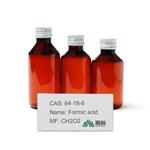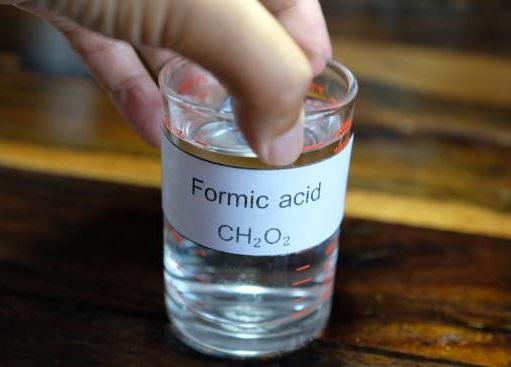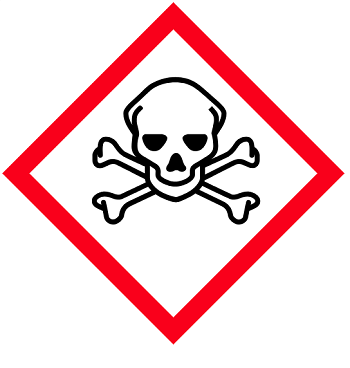Formic acid: uses and Health hazard
Introduction
The simplest carboxylic acid formic acid is a clear, colorless liquid with a pungent odor. Formic acid was first isolated from certain ants and was named after the Latin formica, meaning ant. It occurs naturally in stinging nettles or fruits and vegetables such as pineapples, apples, kiwis, onions, eggplants, and cucumbers. It is made by the action of sulfuric acid on sodium formate, produced from carbon monoxide and sodium hydroxide. It is also produced as a by-product of other chemicals, such as acetic acid.
It can be anticipated that formic acid will continuously increase as it replaces inorganic acids and has a potential role in new energy technology. However, Formic acid toxicity is of special interest as the acid is the toxic metabolite of methanol.
Uses

For humans, it functions as an important intermediate in chemical synthesis and a preservative and antibacterial agent in livestock feed. Among FDA-approved food preservatives, formic acid is a major component responsible for antimicrobial effects in vitro and is widely used as a preservative in the food industry. In nature, it is used as venom by ants and bees. In leather tanning, as a decalcifier and cleaning product, as a chemical reducing agent, and for manufacturing its salts and esters. It is generally found in aqueous solution, but the pure liquid and vapor are combustible and highly corrosive.
Health hazard
Exposure can occur through inhalation, ingestion, or skin contact. The adverse effects of exposure are similar to those of acids such as HCl. Contact with liquid is corrosive to the eyes and causes severe burns, an increase in tears, corneal edema, ulceration, and scarring. Skin contact may cause skin sensitization, an allergic reaction, corrosive burns, and ulceration. Inhalation may cause asthmatic attacks due to allergic sensitization of the respiratory tract, chemical burns to the respiratory tract, dizziness, nausea, itching, burning, and swelling of the eyes. Ingestion may cause severe digestive tract burns with abdominal pain, vomiting, and possible death. Central nervous system depression is also a common consequence. Ingestion may produce corrosive ulceration bleeding and necrosis of the GI tract accompanied by shock and circulatory collapse.
References
[1] Manisha Yadav. “Formic acid, an organic acid food preservative, induces viable-but-non-culturable state, and triggers new Antimicrobial Resistance traits in Acinetobacter baumannii and Klebsiella pneumoniae.” Frontiers in Microbiology 13 (2022): 966207.
[2] Lycke, D. and S. Blair. “FUEL CELLS – EXPLORATORY FUEL CELLS | Formic Acid Fuel Cells.”Encyclopedia of Electrochemical Power Sources (2009): 172-181.
You may like
Related articles And Qustion
See also
Lastest Price from Formic acid manufacturers

US $0.00/KG2025-04-21
- CAS:
- 64-18-6
- Min. Order:
- 1KG
- Purity:
- 99%
- Supply Ability:
- 10 mt

US $10.00-500.00/kg2025-04-17
- CAS:
- 64-18-6
- Min. Order:
- 1000kg
- Purity:
- 0.98
- Supply Ability:
- 3000MT per year




